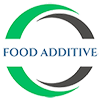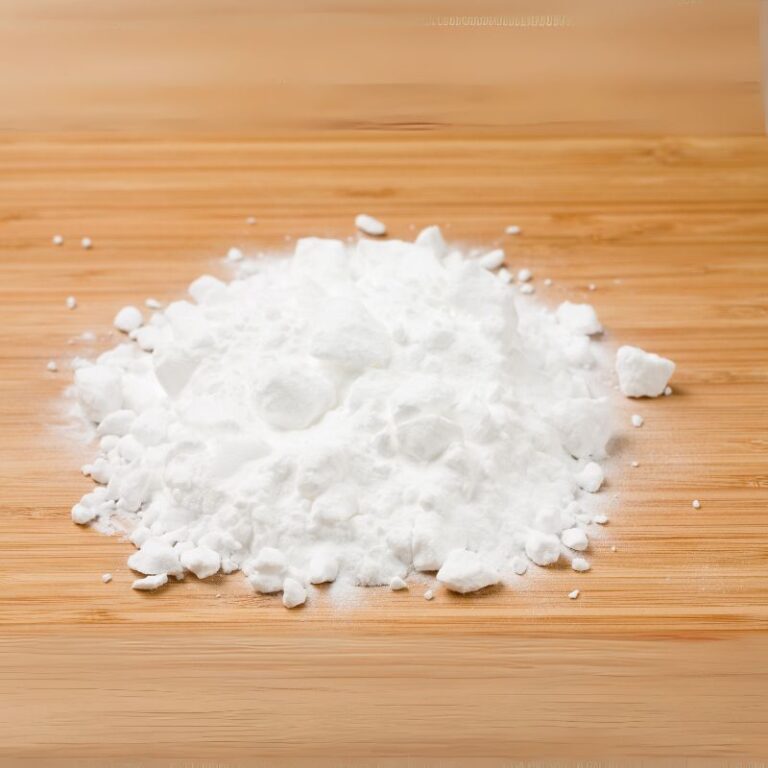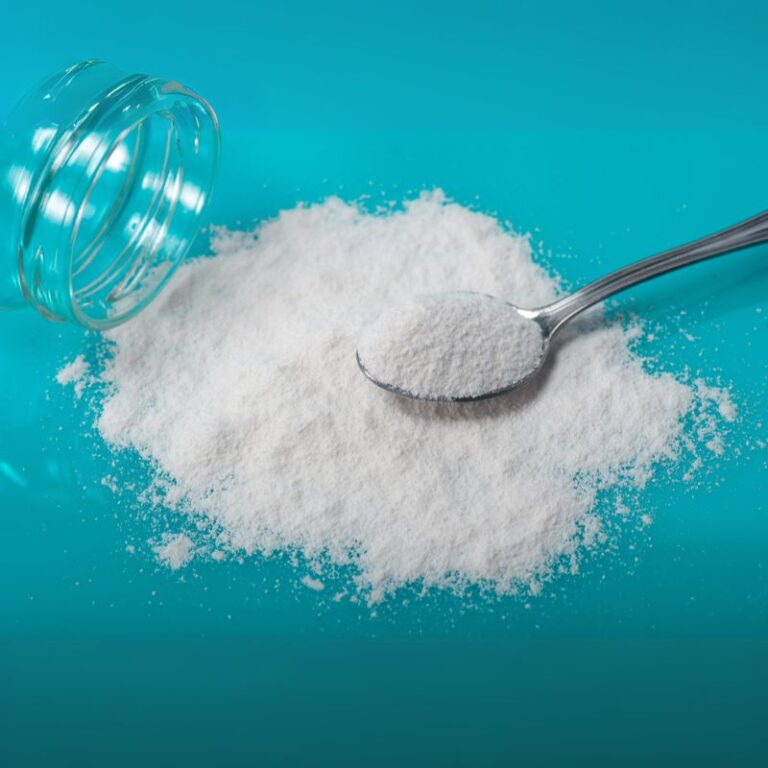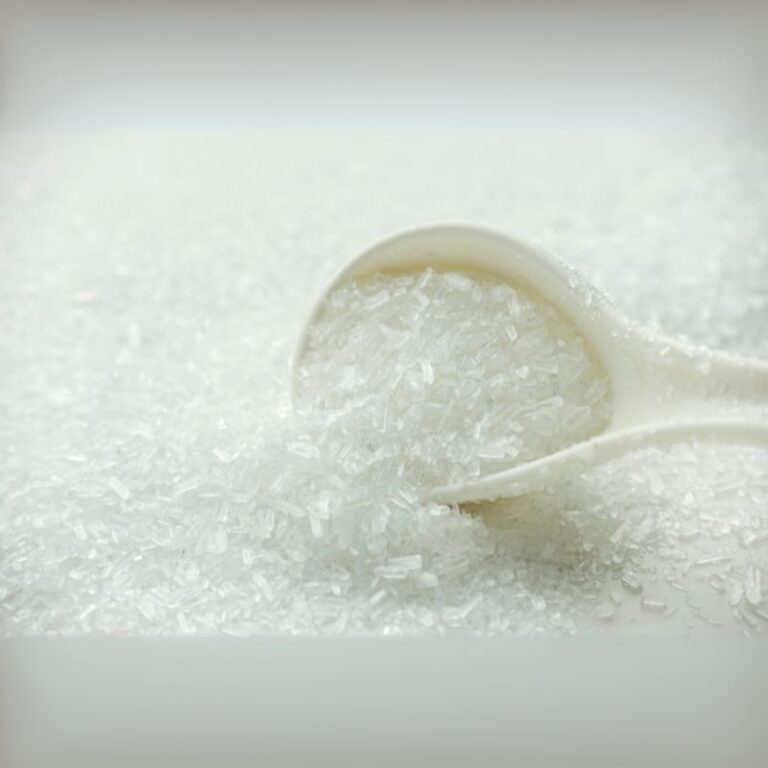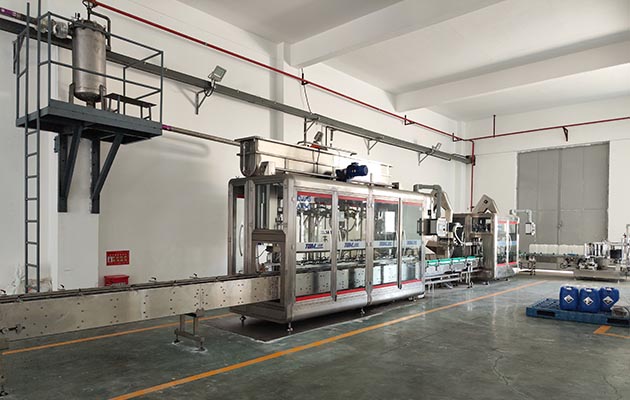-
Liutang Town Industrial Park, Liucheng County, Guangxi

What Is Food Additive Manufacturing?
Food additive manufacturing refers to the industrial production of substances intentionally added to food to improve its shelf life, safety, texture, flavor, appearance, or nutritional value. These additives are not merely mixed but are synthesized, fermented, or extracted using advanced technologies to meet strict global standards.
Additive manufacturing in food isn’t just about preservatives and colors. It’s about precision chemistry, microbial engineering, и nanotechnology working in tandem to ensure both performance and safety.
How Are Food Additives Made?
Food additives are produced through a combination of three primary pathways:
1. Chemical Synthesis
This method involves laboratory-controlled reactions. For example:
- Sodium Benzoate: Created by combining benzoic acid and sodium hydroxide.
- Monosodium Glutamate (MSG): Derived from fermenting starch or sugar beets.
2. Microbial Fermentation
Harnesses microbes to naturally produce additives:
- Citric Acid: Fermented by Aspergillus niger.
- Xanthan Gum: Created by Xanthomonas campestris under anaerobic conditions.
3. Extraction & Purification
Used for plant-derived or organic additives:
- Stevia и Turmeric: Extracted using Supercritical Fluid Extraction (SFE) or membrane filtration for high purity.
What Are the Emerging Technologies in Food Additive Manufacturing?
Modern demands have pushed the industry to embrace innovative technologies:
| **Technology ** | **Application ** | **Impact ** |
| Nanotechnology | Emulsifiers, encapsulation | Improved stability and lower dose requirements |
| 3D Printing | Medical food production | Precision in texture and nutritional content |
| Microencapsulation | Probiotic delivery | Extended shelf life and better bioavailability |
These technologies not only enhance functionality but also reduce waste and increase safety.
What Are the Safety Challenges in Additive Manufacturing?
Ensuring food safety remains the cornerstone of additive manufacturing. Regulatory agencies require:
- Hazard Identification: Chemical, microbial, or physical risk classification.
- Dose-Response Assessments: For example, EFSA’s ADI for saccharin is 9 mg/kg/day.
- Contamination Control: Nanosensors are increasingly used for real-time monitoring.
Example: Inorganic phosphate additives can have up to 100% absorption in the human body, which is a concern for patients with kidney disorders. Regulation mandates both limits and labeling.
What Do Regulations Require Globally?
Food additive regulations vary across regions but are becoming increasingly harmonized:
- United States (FDA): Enforces the GRAS (Generally Recognized As Safe) system.
- European Union (EFSA): Requires genotoxicity and carcinogenicity data.
- Brazil (ANVISA): Sets maximum content levels, such as 500 mg/kg for β-carotene in drinks.
Cross-Compliance Tip: Always verify additive approval status across intended export markets.
How Does Additive Manufacturing Address Sustainability?
Environmental sustainability is a rising priority. Key solutions include:
- Green Chemistry: Uses enzymes instead of synthetic catalysts.
- Circular Economy: Upcycles waste, like citrus peels for pectin.
- Blockchain: Tracks raw materials like palm oil for traceability.
Case in Point: A Chinese firm repurposed phosphogypsum waste into high-efficiency fertilizers, showcasing how industrial by-products can be revalorized.
What Does the Future Hold?
Personalized Nutrition
AI platforms tailor additive compositions based on genomic and metabolic profiles.
Bioengineering
CRISPR-edited microbes enhance the yield and purity of additives.
Global Harmonization
Efforts are underway to align FDA, EFSA, and Asian standards, easing trade and improving safety consistency.
Frequently Asked Questions (FAQ)
Q1: What is the difference between food processing and food additive manufacturing? A1: Food processing transforms raw food into edible forms, while additive manufacturing produces substances to improve specific properties like shelf life or taste.
Q2: Are food additives safe? A2: When used within approved limits, they are safe. Additives undergo toxicological evaluations by global regulators like FDA and EFSA.
Q3: Is natural always better than synthetic? A3: Not necessarily. Synthetic additives often have more consistent purity and stability. Safety depends on dosage and processing quality.
Q4: Are these technologies used in everyday foods? A4: Yes. From soft drinks to bread and yogurt, modern additives are ubiquitous and often essential.
Q5: Can consumers avoid all additives? A5: It’s possible but not always practical. Clean-label movements and improved regulations are promoting transparency and minimalism.
